What could five MBA students do to help hundreds of thousands of people who had been without running water, reliable power, and basic services for over a year when organizations like FEMA, the US Army Corps of Engineers, the US Department of the Interior, and countless other government contractors had already failed? Well, the truth was, we didn’t have a clue (I know I didn’t) but we were about to find out.
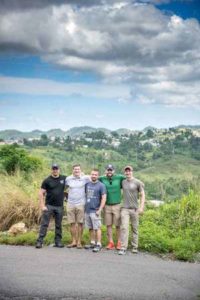 On September 20, 2017, Hurricane Maria smashed into Puerto Rico after rapidly strengthening into one of the strongest storms ever recorded. The small island territory which had already been struggling with decades of corruption and decaying infrastructure, didn’t stand a chance. Much of the island was destroyed, and although Puerto Rico had boasted a densely-packed population of 3.3 million people prior to the storm, nearly half a million would make their exodus in the months that would follow it.
On September 20, 2017, Hurricane Maria smashed into Puerto Rico after rapidly strengthening into one of the strongest storms ever recorded. The small island territory which had already been struggling with decades of corruption and decaying infrastructure, didn’t stand a chance. Much of the island was destroyed, and although Puerto Rico had boasted a densely-packed population of 3.3 million people prior to the storm, nearly half a million would make their exodus in the months that would follow it.
Many hoped aid would come quickly, believing the federal government had learned valuable lessons from Hurricane Katrina over ten years before, but complexities which surfaced between the federal government and the territorial government of Puerto Rico were proven to be quite formidable. Rigid bureaucratic policies designed for FEMA responding to state emergencies proved ill-suited for the unique situation confronting the government of Puerto Rico, and, for the most part, prevented the needed personnel and resources from reaching the island to offer assistance. This left the people of this already struggling island to largely fend for themselves.
Over a year later, on October 8, 2018, myself and my four classmates—Dan Weathers, Corey Waldrep, R.J. Dulin, and Tyler Shields—were dropped into San Juan, PR, to see what kind of difference we could make. We had all volunteered for this assignment, and were all selected based off of our backgrounds as veterans with experience in working in remote, struggling areas with limited resources. Specifically, our task was aid in the restoration of access to clean water. Even a year later, much of the island still did not have basic access to this valuable resource. The water infrastructure and supplies remained dysfunctional, and many citizens were forced to rely on weekly water deliveries that were unreliable at best.
We began our trip learning about the organization we would be partnering with and gaining familiarity with their strategy and the simple device we would be distributing. Waves for Water (W4W) was a non-profit organization founded by professional surfer Jon Rose when he experienced the 2009 7.6 magnitude earthquake in Sumatra. Thanks to his desire to help and the water filters in his possession, Jon was credited with saving over 15,000 lives in the 24 hours following the event. Since that time, Waves for Water has responded to numerous natural disasters and remote areas in an effort to give struggling people access to clean, sanitary water.
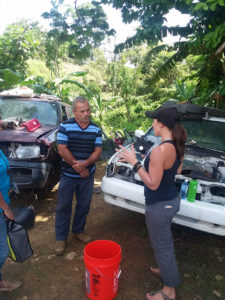 The device they used was simple: a $50 Sawyer filter that can be bought online. However, because of the filter’s unique design (similar to that of a dialysis machine) it could supply enough clean drinking water to a hundred people for up to five years. This was our task—to assist Waves for Water in getting these filters into the hands of struggling Puerto Ricans who needed them, all while looking for opportunities to improve Waves for Water’s operations.
The device they used was simple: a $50 Sawyer filter that can be bought online. However, because of the filter’s unique design (similar to that of a dialysis machine) it could supply enough clean drinking water to a hundred people for up to five years. This was our task—to assist Waves for Water in getting these filters into the hands of struggling Puerto Ricans who needed them, all while looking for opportunities to improve Waves for Water’s operations.
We traveled all over island, from Puerto Rico’s capital and largest city of San Juan, to the east coast community of Isabella which was one the hardest hit communities, to remote areas in the island’s interior, where getting clean water was especially challenging. We helped seniors in a nursing home with limited resources, farms in remote and rugged areas, and even went door to door in an effort to find people who needed help. The first thing that struck me was how suspicious people were upon first meeting them. After months of being abandoned and promised help that ultimately never came, it was understandable how suspicious and disheartened these people were when someone from elsewhere offered help. However, the second (and more powerful) thing that I walked away with, was just how grateful these people were after they understood our mission and what a difference our water filters could mean for them.
It has been a while since Hurricane Maria, but people outside Puerto Rico have moved on. Conditions on the island are nowhere near normal, and they won’t be for many years. As Americans, we tend to have news appetites for only so long. Once a particular event runs its course we typically move on to something else. However, sometimes that event is of a level of seriousness that it deserves our national attention and focus for a sustained period of time. If, by writing this, I only can accomplish two things, I will be happy. Those things would be: 1) Hurricane Maria was devastating, and people in Puerto Rico are still dealing with its effects, even today, and will be for years. Please keep them in your hearts, and do not forget them. And 2) something as small as a $50 water filter can mean the world someone who was struck by tragedy and faces a long road to recovery. We often wonder how to help people in horrific natural disasters half a world away, but, as you can, if five students with these water filters can make a difference, anyone can.
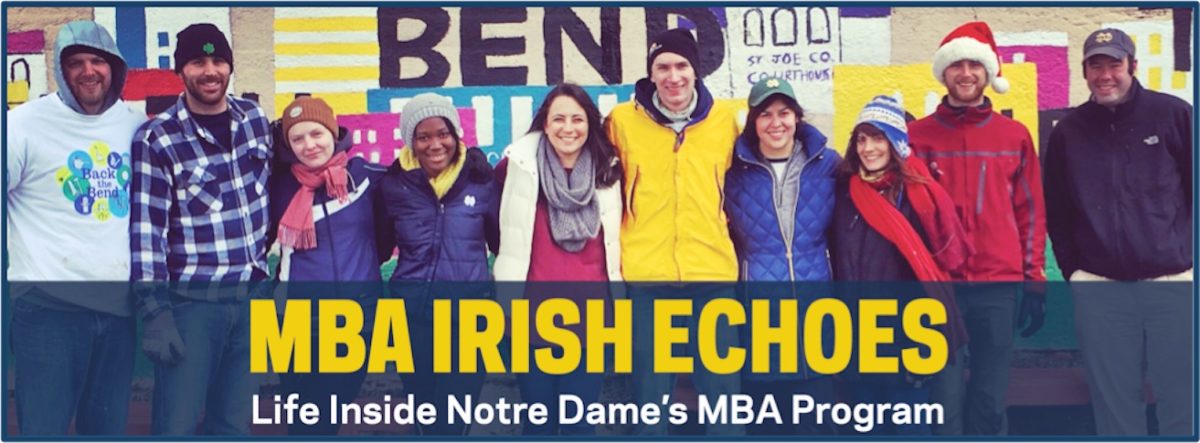
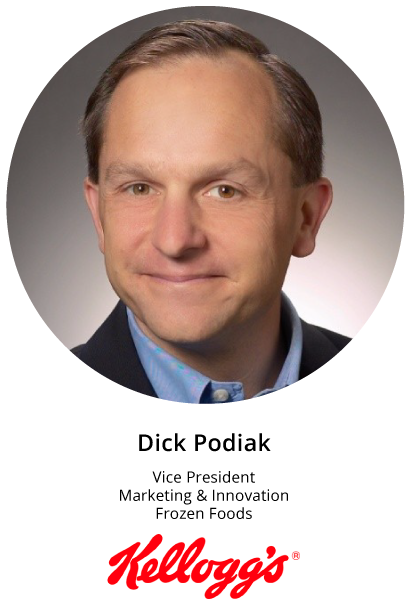 I grew up in Dayton, Ohio as the youngest of eight kids. Dayton is the home of Wright-Patterson Air Force Base and when I was little, I always saw these cool planes flying overhead. I think that is what motivated me to want to serve in the armed forces. After high school, I earned my undergraduate degree in Finance from Marquette University in 1992 where I also earned a commission as a Naval Officer via the Navy ROTC program. I am the first person in my family to have graduated from college.
I grew up in Dayton, Ohio as the youngest of eight kids. Dayton is the home of Wright-Patterson Air Force Base and when I was little, I always saw these cool planes flying overhead. I think that is what motivated me to want to serve in the armed forces. After high school, I earned my undergraduate degree in Finance from Marquette University in 1992 where I also earned a commission as a Naval Officer via the Navy ROTC program. I am the first person in my family to have graduated from college.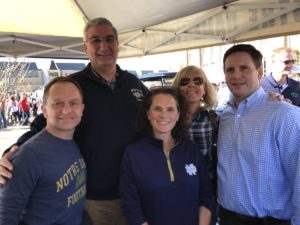 Notre Dame has two important factors that set it apart from the other programs I considered. First is the values-based curriculum. In visiting and learning about the school, I truly felt that the idea of Expect more from Business closely matches my personal values. The second is the faith-centric nature of the University. My faith is extremely important to me and is a strong part of who I am as a person. As a lifelong Catholic, how could I not love the fact that the two central features of the campus are the Basilica the Golden Dome with Our Lady at the top?
Notre Dame has two important factors that set it apart from the other programs I considered. First is the values-based curriculum. In visiting and learning about the school, I truly felt that the idea of Expect more from Business closely matches my personal values. The second is the faith-centric nature of the University. My faith is extremely important to me and is a strong part of who I am as a person. As a lifelong Catholic, how could I not love the fact that the two central features of the campus are the Basilica the Golden Dome with Our Lady at the top? The ‘90s were an incredible time for music. Picking a favorite song or band is like choosing my favorite kid. But if pushed, I think that All I Want by Toad the Wet Sprocket is one that I always love listening to.
The ‘90s were an incredible time for music. Picking a favorite song or band is like choosing my favorite kid. But if pushed, I think that All I Want by Toad the Wet Sprocket is one that I always love listening to.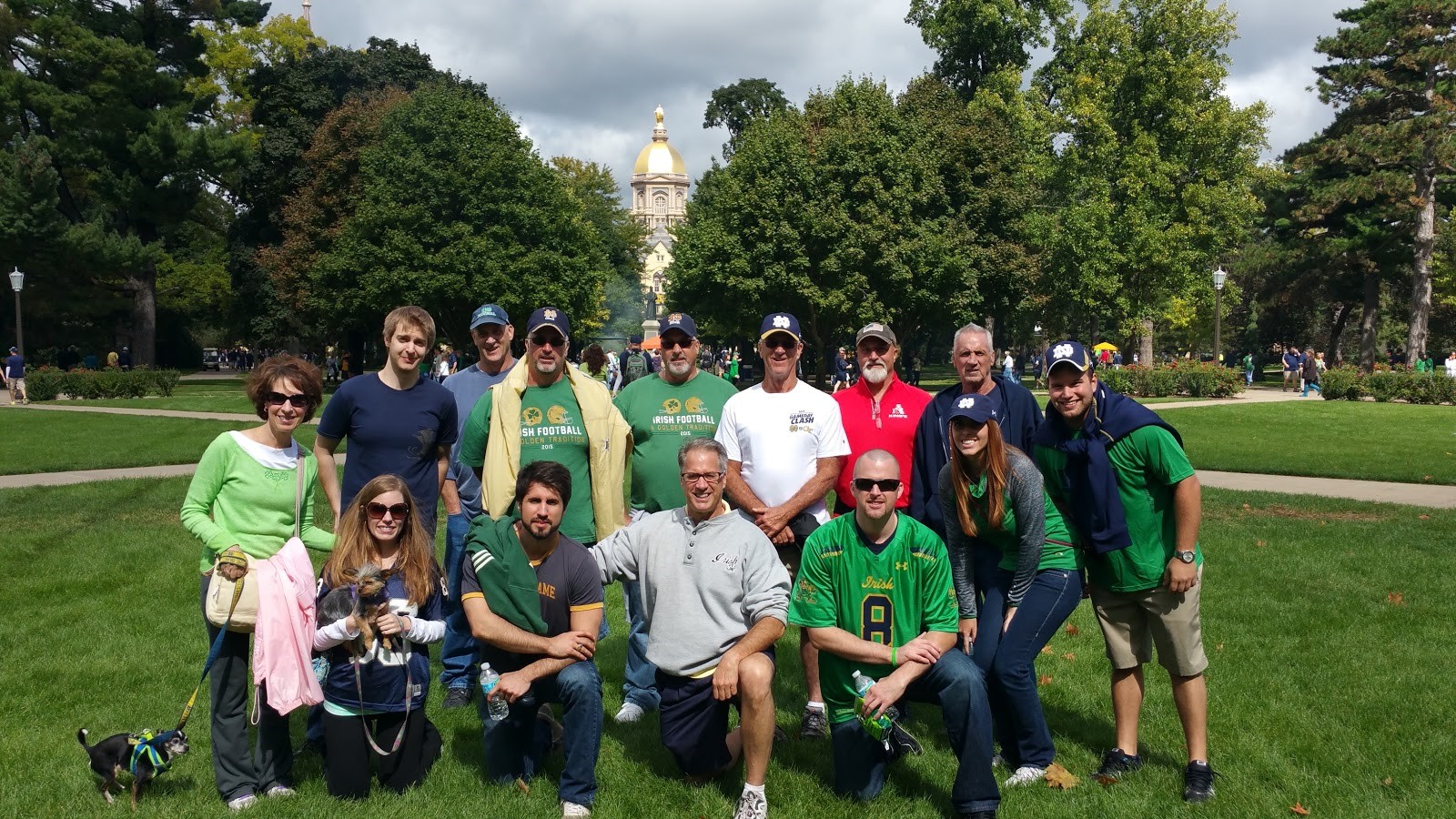
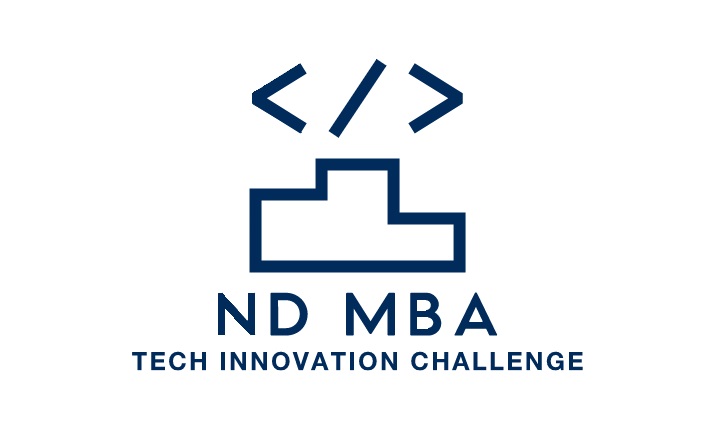 The ND MBA Technology Club was borne out of student interest and passion in technology, and today is one of the fastest growing and most popular clubs on campus! The mission of the Club is to make Mendoza the top MBA program for students with a passion for technology. With this mission in mind, the Club is proud to present the first ever ND MBA Technology Innovation Challenge, sponsored by Thomson Reuters. The theme of the competition is the innovative use of Blockchain technology to transform businesses, functions and industries. Teams from across the country will come up with innovative product and go-to-market strategies for implementing this exciting technology and go head-to-head competing for $10,000 in prize money.
The ND MBA Technology Club was borne out of student interest and passion in technology, and today is one of the fastest growing and most popular clubs on campus! The mission of the Club is to make Mendoza the top MBA program for students with a passion for technology. With this mission in mind, the Club is proud to present the first ever ND MBA Technology Innovation Challenge, sponsored by Thomson Reuters. The theme of the competition is the innovative use of Blockchain technology to transform businesses, functions and industries. Teams from across the country will come up with innovative product and go-to-market strategies for implementing this exciting technology and go head-to-head competing for $10,000 in prize money.  By: Sean Gwaltney
By: Sean Gwaltney